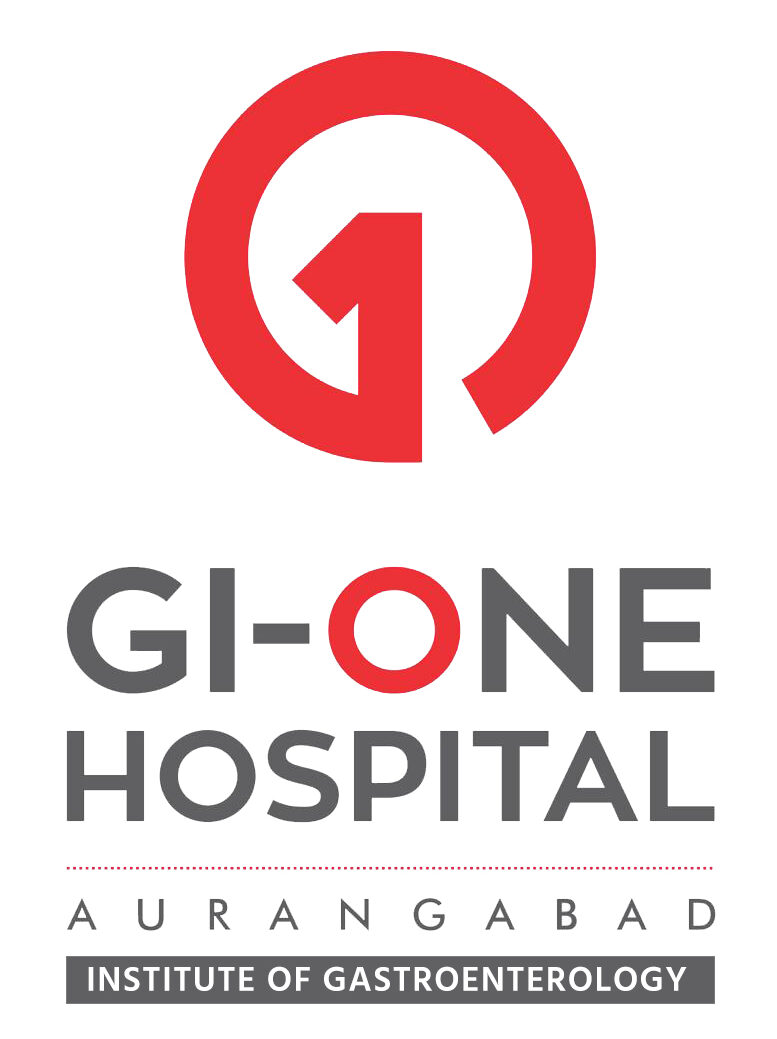ESD
ESD is a non-surgical technique performed by specially trained gastroenterologists who use endoscopy to dissect a superficial mucosal tumor in the esophagus, stomach or colon, leaving intact normal tissue under the resected tumor. This less invasive technique results in complete removal of the tumor without the need for surgery. Using a flexible, endoscope doctor can remove growths such as upper GI or colon large polyps.
Who needs ESD ESD
is now commonly used to treat premalignant and early-stage malignant lesions of the stomach, colorectum and esophagus. Benefits being En-bloc resection of the tumor regardless of size, Higher cure rate
Preparation
For an upper GI tract procedure, do not eat or drink for 12 hours before the procedure to ensure your esophagus, stomach is clear of food products. For a lower GI tract procedure, follow a liquid diet plus a laxative or enema to cleanse the bowel. You may be asked to temporarily stop taking some medications, such as those that affect blood clotting or interfere with sedatives, before the procedure. Also inform doctor about any allergy or current health illness.
Procedure
The endoscope is passed through your mouth or your anus, depending on the location of the tumor. Intraavenous sedation is usually given to relax the patient and cause short-term amnesia. ESD proceeds in a series of steps, beginning with thermal marking of the lesion boundary followed by submucosal fluid lift. A circumferential incision is then made in the mucosa using a noninsulated tip knife or other dedicated ESD knife and a lifting agent is injected repeatedly into the submucosa to facilitate dissection of the tumor. This method results in en bloc resection of even very large tumors and allows assessment of deep and lateral margins — something not possible with piecemeal EMR. Removed tissue is then sent to a laboratory.
Side effects
You may feel sore throat, gas, bloating for some time after the procedure. ESD is technically demanding and has a higher rate of adverse events such as bleeding, perforation and esophageal stricture than do other endoscopic procedures, including EMR.
Alternative test/option
Most patients return home in one or two day. Because there is no incision, you may recover faster, and with less pain, than from open or laparoscopic surgery.

